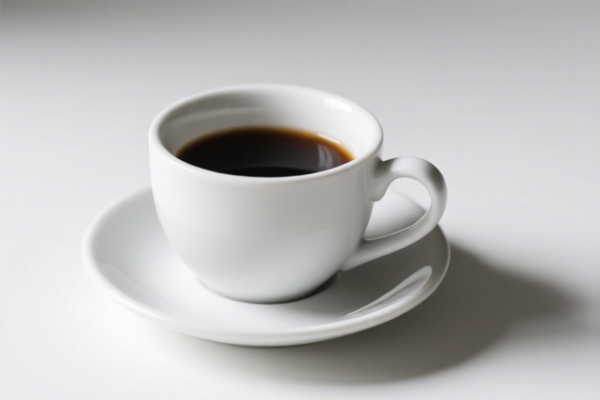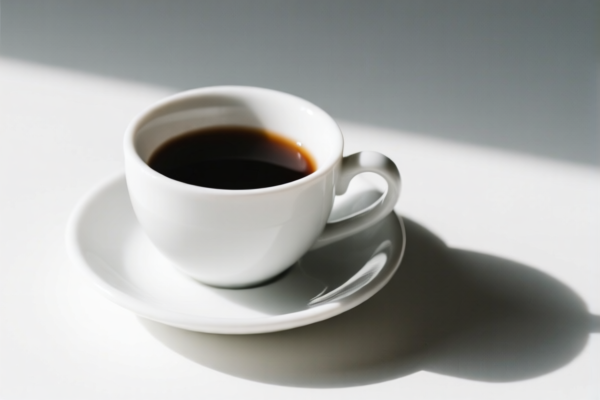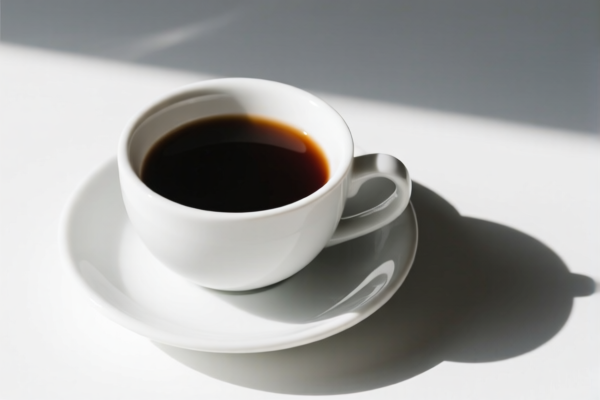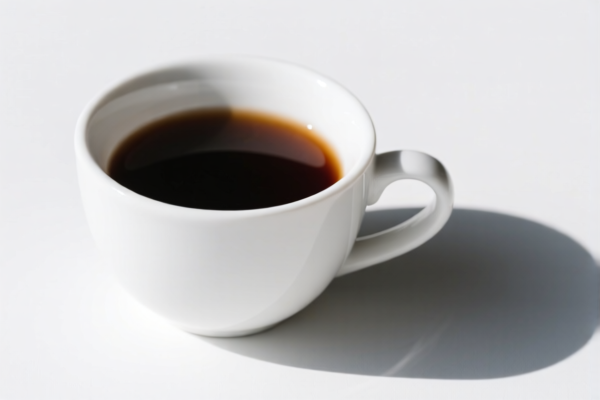| HS Code | Official Doc | Tariff Rate | Origin | Destination | Effective Date |
|---|---|---|---|---|---|
| 3923300010 | Doc | 58.0% | CN | US | 2025-05-12 |
| 3923300090 | Doc | 58.0% | CN | US | 2025-05-12 |
| 3924104000 | Doc | 33.4% | CN | US | 2025-05-12 |
| 3924900500 | Doc | 40.6% | CN | US | 2025-05-12 |
| 6910100005 | Doc | 35.8% | CN | US | 2025-05-12 |
| 6910100020 | Doc | 35.8% | CN | US | 2025-05-12 |
| 6914108000 | Doc | 64.0% | CN | US | 2025-05-12 |
| 6914908000 | Doc | 60.6% | CN | US | 2025-05-12 |




Urinary Cup
A urinary cup, also known as a specimen cup, is a sterile container used to collect urine samples for medical testing. These tests are commonly used in diagnosing and monitoring a wide range of conditions.
Material:
- Plastic: The most common material due to its disposability, clarity, and cost-effectiveness. Polypropylene is frequently used.
- Sterile Paper: Less common now, but historically used.
- Occasionally Glass: Used in specific circumstances requiring higher chemical resistance.
Purpose:
The primary purpose of a urinary cup is to provide a clean, uncontaminated sample of urine for laboratory analysis. These analyses can include:
- Urinalysis: A macroscopic, microscopic, and biochemical examination of urine.
- Urine Culture: To identify bacteria or other microorganisms present in the urine, indicating a urinary tract infection (UTI).
- Drug Screening: Detecting the presence of illicit or prescription drugs.
- Pregnancy Testing: Detecting the presence of human chorionic gonadotropin (hCG).
- Biochemical Analysis: Measuring levels of specific substances like glucose, protein, ketones, or creatinine.
Function:
The cup's design facilitates:
- Collection: Wide opening for easy sample capture.
- Sterility: Maintaining a sterile environment to prevent contamination.
- Measurement: Graduated markings to accurately measure urine volume.
- Secure Transport: Leak-proof lids to prevent spills during transport to the laboratory.
- Compatibility: Designed to be compatible with automated laboratory equipment.
Usage Scenarios:
- Routine Medical Check-ups: Part of a general health assessment.
- Diagnosis of UTIs: Identifying the causative bacteria and determining antibiotic sensitivity.
- Monitoring Kidney Function: Assessing the kidneys’ ability to filter waste products.
- Diabetes Management: Checking for glucose and ketones in the urine.
- Pregnancy Confirmation: Early detection of pregnancy.
- Drug and Alcohol Testing: Employment screening, forensic investigations.
- Post-Operative Monitoring: Assessing kidney function after surgery.
Common Types:
- Standard Specimen Cup: General-purpose cup with graduated markings. Typically 4-8 oz capacity.
- Sterile Container with Lid: Designed for 24-hour urine collection. Larger capacity.
- Specimen Cup with Temperature Strip: Indicates whether the sample is within the acceptable temperature range for testing. Important for drug screening.
- Screw-Cap Cup: Provides a more secure seal for transport.
- Conical-Bottom Cup: Facilitates automated processing in the laboratory.
- Pediatric Collection Cup: Smaller size and often with a wider opening for easier collection from children.
- Collection Cups with Additives: Some cups contain preservatives or reagents for specific tests.
Urinary cups are typically used for the collection and conveyance of bodily fluids, specifically urine, for medical diagnostic purposes. They fall under the category of articles for conveyance or packing of goods, made of plastics.
The following HS codes are relevant:
- 3923300010: Articles for the conveyance or packing of goods, of plastics; stoppers, lids, caps and other closures, of plastics: Carboys, bottles, flasks and similar articles Of a capacity not exceeding 50 ml. This code applies to small-volume containers like urinary cups, assuming their capacity is 50 ml or less. The basic tariff is 3.0%, with an additional tariff of 25.0% (increasing to 30.0% after April 2, 2025), resulting in a total tariff of 58.0%.
- 3923300090: Articles for the conveyance or packing of goods, of plastics; stoppers, lids, caps and other closures, of plastics: Carboys, bottles, flasks and similar articles Other. This code applies to containers like urinary cups that do not fall under the capacity restriction of HS code 3923300010 (i.e., capacity exceeding 50 ml). The basic tariff is 3.0%, with an additional tariff of 25.0% (increasing to 30.0% after April 2, 2025), resulting in a total tariff of 58.0%.
Chapter 39 covers plastics and articles thereof. Heading 3923 specifically relates to articles for the conveyance or packing of goods, of plastics. Subheading 392330 further specifies containers, bottles, flasks, and similar articles.
It is important to determine the exact capacity of the urinary cups to select the correct HS code (3923300010 or 3923300090).
Customer Reviews
No reviews yet.